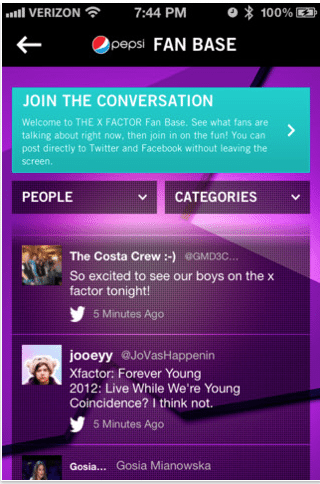In the past year, we’ve seen some of the hottest TV shows work social media into their digital presence. AMC, for instance, sought to create buzz among “Breaking Bad” fans by encouraging them to tweet using a #TeamWalt or #TeamJesse hashtag. And, if you spend any time on social media, you’ve noticed how a season finale, series finale or even awards show can pretty easily clog up your feed. In fact, the recently televised RNC and DNC events and speeches caused a social stir that spawned a host of jokes and memes, with the most notable being Clint Eastwood’s one-sided conversation with an empty chair.
But what shows spawn the biggest social discussions and are most likely to results in trending topics? Mipcube, miptv and bluefin took a look back on 2011 to determine just that.
For 2011, reality shows reigned supreme, even if it was by a narrow margin. Shows like “Fear Factor” and “The X Factor” spurred an impressive 140,000+ comments per episode. As more and more reality shows, like “The X Factor,” introduce interactive apps that allow viewers to join the Twitter conversation within the app, these numbers will probably continue to increase.
Not far behind, though, is the sports genre. Thanks to the wide appeal of this genre, events like the Super Bowl have produced nearly 2 million comments across the social realm. The Super Bowl was the top social sports event of 2011 by far. The next closest event, the World Series, only produced a little over 350,000 comments.
Special events, drama and comedy came in third and fourth in terms of social comments, while news specials, animated shows, news programs and documentaries only make up a combined 10% of all social comments and activity. With the election coming up fast, though, look for activity to increase around news programs and special events.
Of course, hashtags and tweets aren’t the only elements keeping TV alive and relevant. Smart TVs and shows like “Breaking Bad” have introduced synced elements to interact with viewers in realtime, while other apps allow users to shop show-related products while they watch. Do you think this second screen content will continue to grow for TV audiences?

